Beneath my tree-hugging, nature-gal exterior, there must be an urbanite yearning to break free. That could explain the excited buzz I felt in Valparaiso, Chile, one of the South Pacific’s most important ports. I liked everything about the place: the setting, the walkability, the new discoveries around every corner, the street scenes, most of the people I saw. What made it so?
Color! It’s everywhere: walls, doors, telephone poles and trash cans, stair risers and retaining walls, not to mention the big sky and sea so often visible.

Color!
Much of it is in the form of graffiti: writing or drawings scribbled, scratched, or sprayed illicitly on a wall or other surface in a public place, says an online dictionary.
It is easy to think of graffiti as a kind of vandalism. There’s a lot of graffiti I just hate to see. That bubble script and things that look like letters but can’t be read (failed fonts, I call them) signal a potentially fatal failure to connect the rising generation to their history, or maybe their culture’s failure to engage all its members. So, it’s not necessarily a good thing.
But in Valparaiso, they are learning to adapt. Perhaps the citizens and city government were bowing to the inevitable, or maybe they just learned how to channel ordinary graffiti into Street Art. Valparaiso has taken what might be considered a flaw, and made it into a feature. More than a feature even: an attraction.
I don’t know how it has been arranged between the owners of the walls, the aspiring artists, and the sensibilities of the public – wouldn’t it make an interesting study? However they’re doing it, I would say that a good number of the images that are painted on the structures of Valparaiso are attractive and intriguing, or at least more amusing than the blank/neutral canvases they replaced. The open-air art museum that is Valparaiso is a good part of what make the city so appealing to me.
Mind you, Valparaiso* is not Disneyland. It does feel like there’s hard living a few streets further back (or up), poverty and politicization for sure, and some of the hard and ramshackle that comes with port cities.
The nice thing about my pocket camera is that it lives in my pocket and slides out easily, and gets used alot. Here are a few favorites. In the gallery at the bottom of the post are dozens more snapshots.
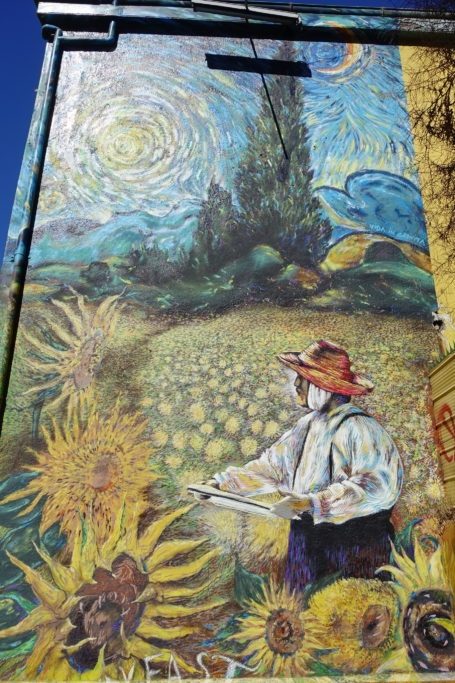
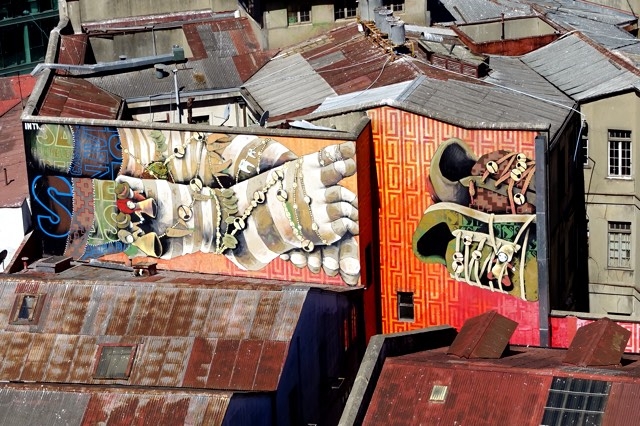
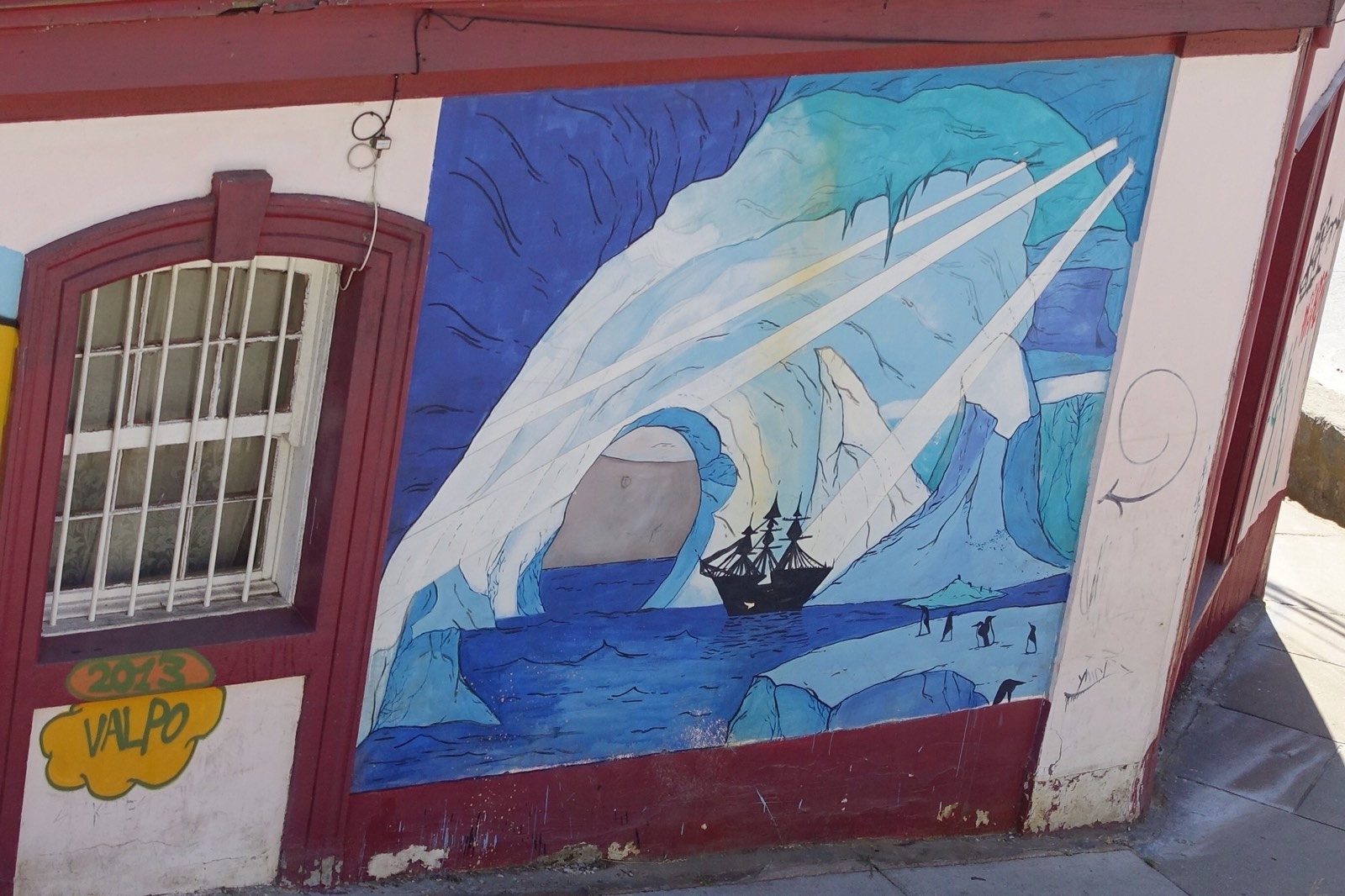
But first, about the city
With about 275,000 residents (and in the associated suburbs, a total of close to a million), the Valparaiso conurbation forms Chile’s second largest city and its main seaport, at about 33 degrees South, 71 degrees and a half West. (You can tell I’ve been reading Wikipedia again, and Britannica too). UNESCO has named it a World Heritage Site for its history, setting, and architecture.
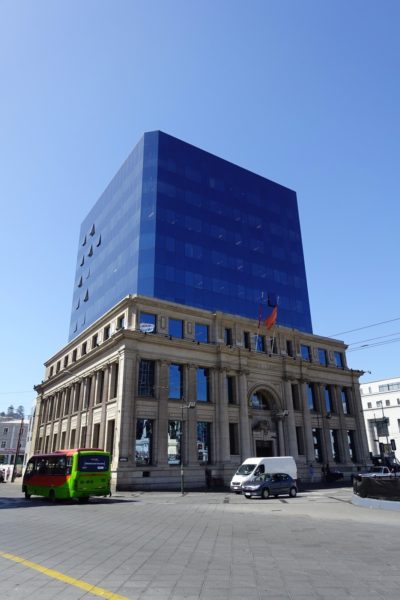
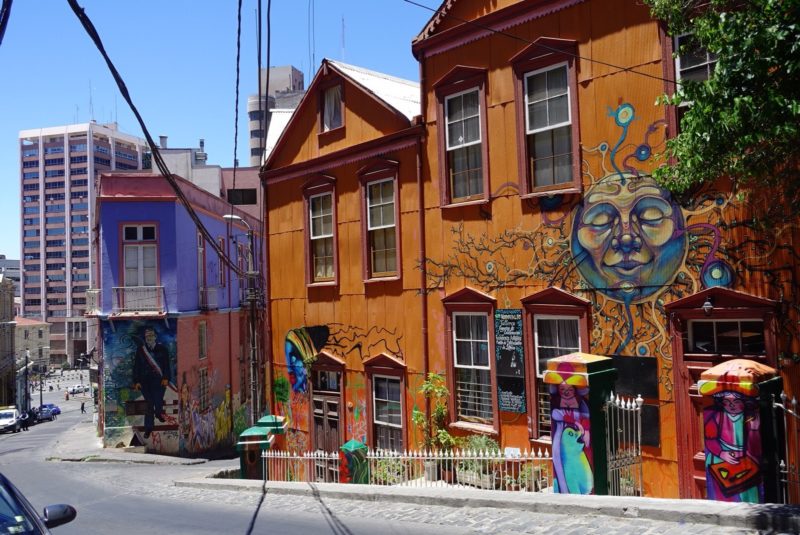
First of all, the setting is grand, a big amphitheater of a bay whose hills are sprinkled with bright-colored houses, or weathered and peeling ones, wood, metal, concrete, brick, in a cacophony of 19th century housing styles and textures; 20th and 21st centuries too, of course.

There is an potent aura of history too. In the 1800s especially, when sailing vessels and steamships could get around Cape Horn, but needed a port to stop at afterward, Valparaiso was that place.
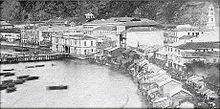
English, Germans, Italians, French, seamen, sheep herders, whalers, California-bound gold miners, they came from all over, and often they stayed and built, multiplied, and sometimes prospered.
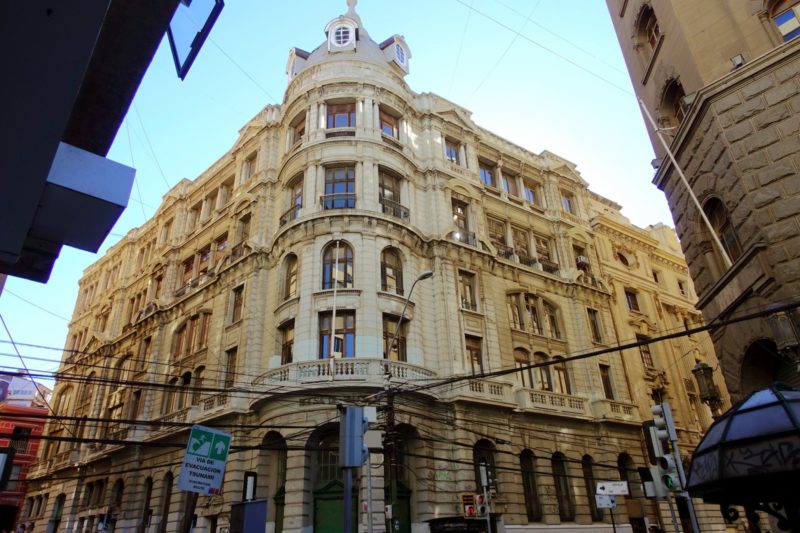
At first the town was built along the small coastal shelf, but as it grew it expanded, with landfill to seaward, and up the hill, aided by fifteen or twenty ascensors, a kind of elevator to make it easier to reach the ‘mezzanine’. These were each privately built and charged a toll. Some no longer operate, but most have now been taken over by the municipality, with an operative toll taker.

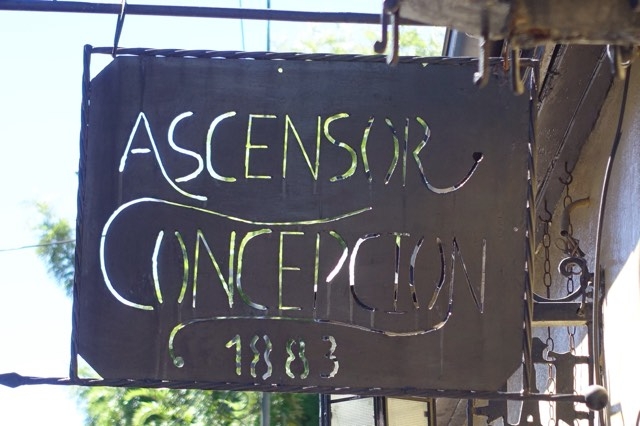
We were there in December, the southern hemisphere summer in fact and demeanor. (It’s easy to fall in love in the summer.) At latitude 33 South, and strongly affected by the ocean and the Humboldt current, it’s generally sunny and pleasant (not hot). Winters are said to be mild, maybe rainy, maybe foggy.
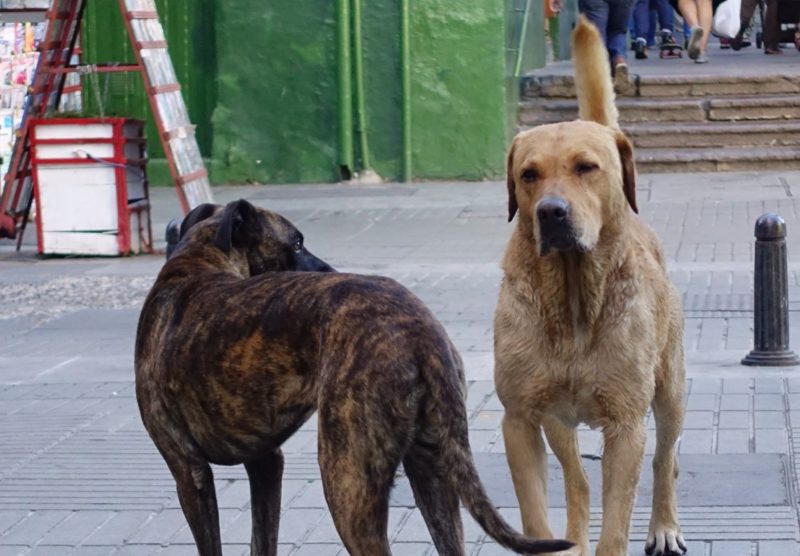
Natural Disasters
I need to mention other natural disasters as well. Chile is a very seismically active place; earthquakes and tsunamis have both affected Valparaiso. In fact there was a major quake in 1906, just like in San Francisco, California, to which the geography and climate, and maybe even the general vibe of Valpo, is has been compared.
Forest fires have also caused problems (are causing them right now in other parts of the country) which are exacerbated by the hilly terrain, the steep and convoluted cobblestone roads, and wind flow in the bowl. A big fire this year after Christmas, south of the port, destroyed hundreds of homes.
Panama Canal Takes A Toll
Valparaiso’s boom times were dealt a strong blow when the Panama canal opened in 1914. But they kept improving the port and today it exports growing quantities of wine, copper, and fresh fruit. It’s also a (relatively) popular cruise ship stop, and may also host beyond Panamax-sized ships.
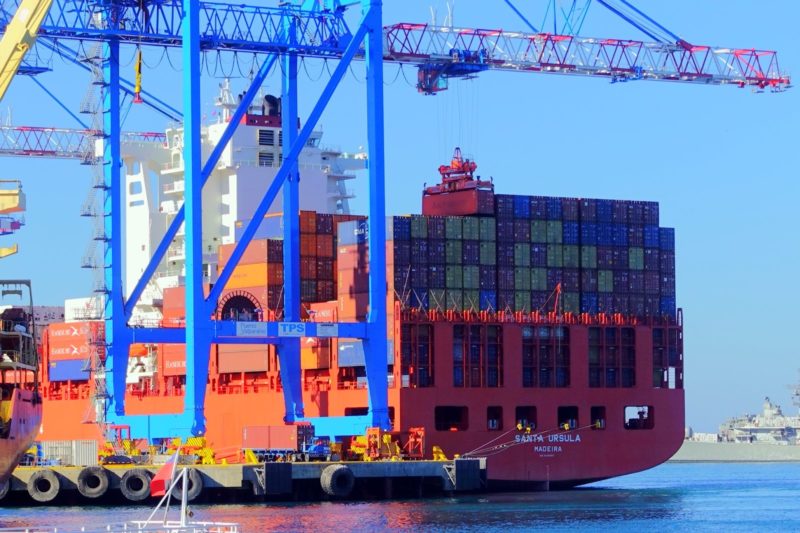
With four universities (my dentist in Guaymas is a graduate of one) and offices of the Chilean Congress and several other government agencies, there is plenty of new blood coming into town. That would account for the clubs and bars and galleries and the general sense of life on the streets, even in my limited up-at-dawn, down-at-dusk time frame. The southern hemisphere summer allows plenty of dusk.
Photo Gallery of Street Art and Interesting Buildings
That’s more than enough of the dry bones of history. Here is a gallery of photos taken on various walks around town.
I’ve skipped a lot of captions and titles – sometimes it’s hard to chose a mere handful of descriptive words for some pretty fantastical paintings. Probably some duplicates too.
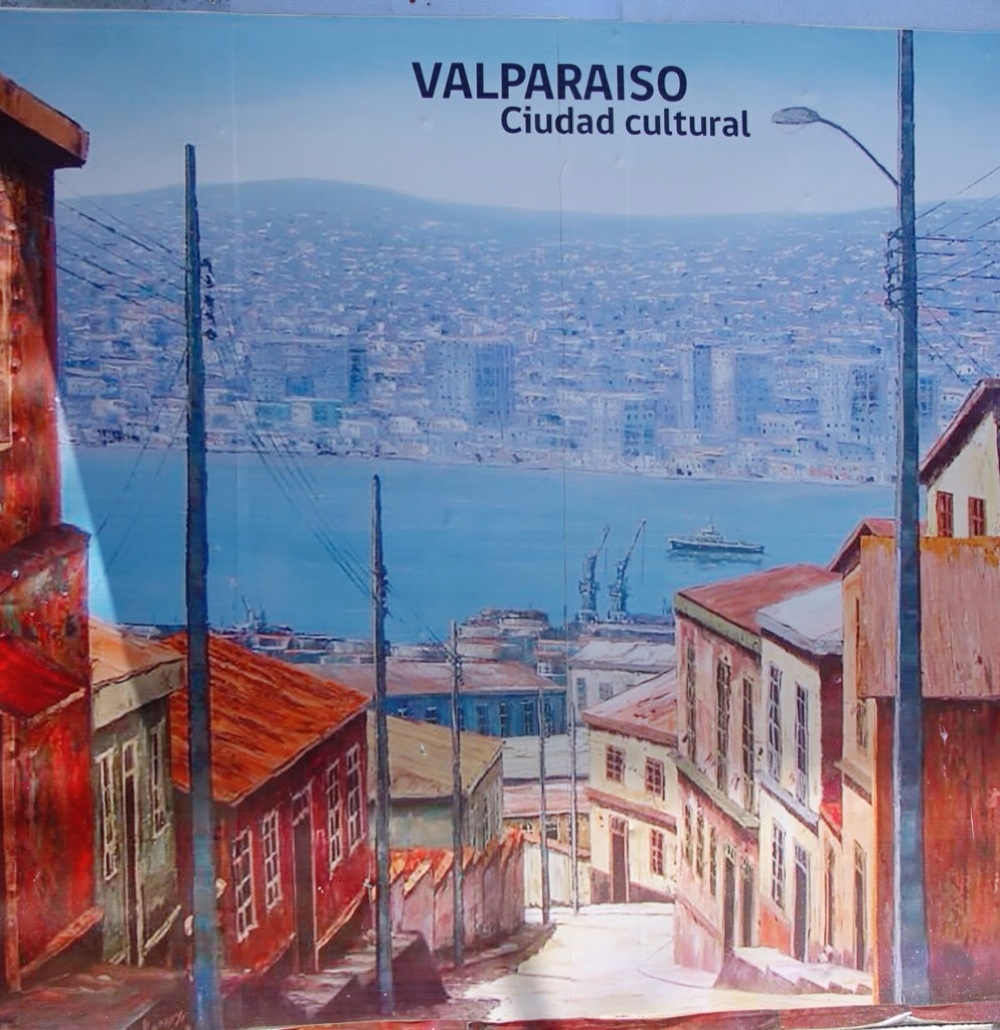
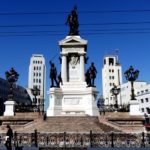


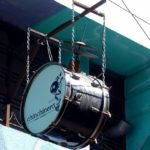

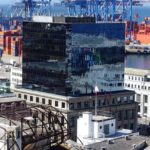

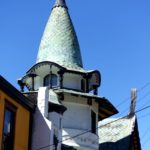
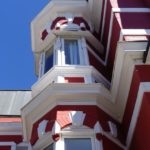
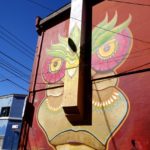
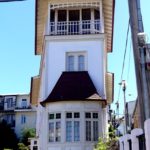
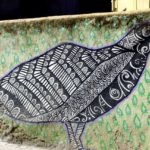
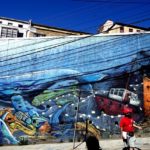



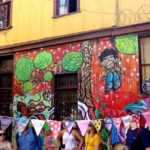
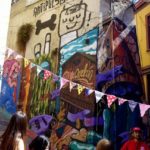

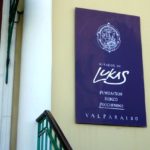
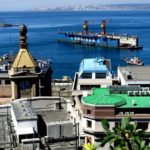

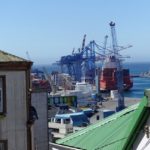
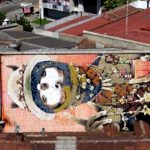
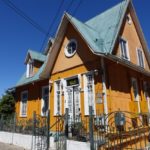
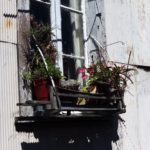



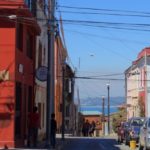
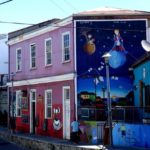

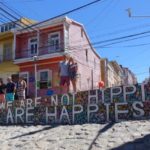
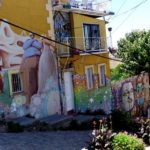

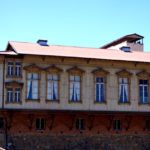
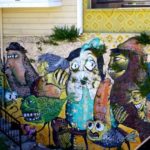
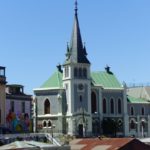
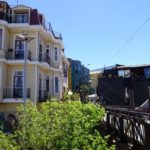

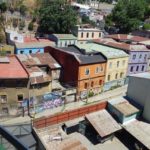
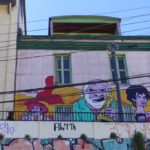
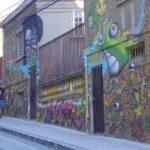
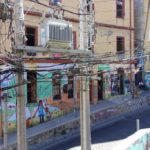

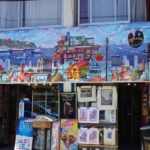

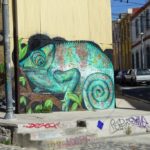
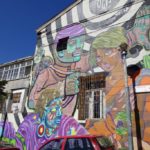
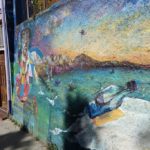
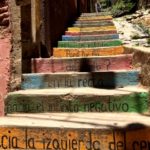
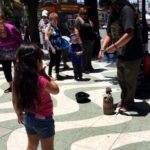

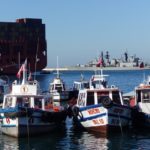
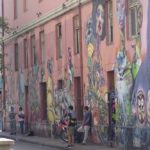
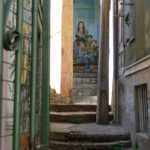

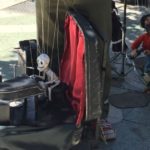

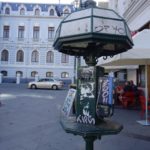
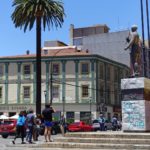
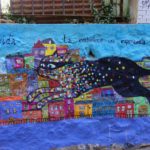

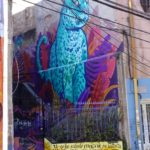

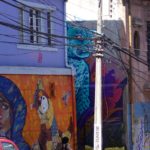
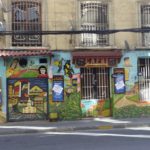
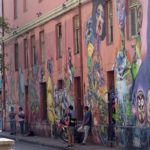
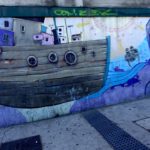
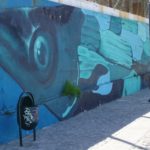


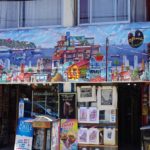
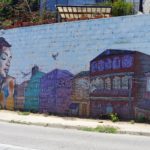

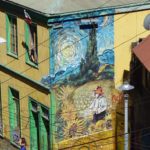

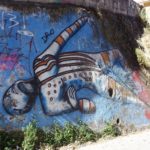



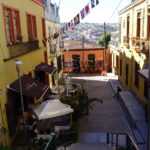
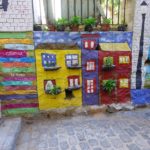
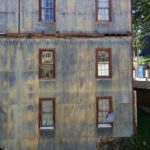

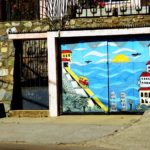
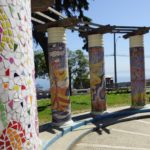
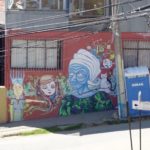
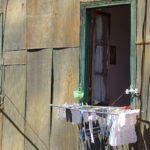
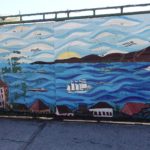
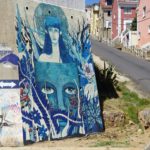
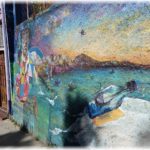

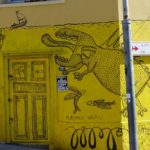
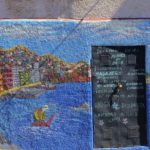
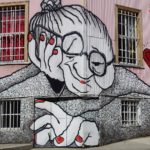


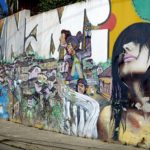
Galivant, the urban art is marvelous. I have sent you by email another series on urban art that I thought you would enjoy.The original email is from ceil cirillo, a close friend. Be sure you try a cisco sour if you happen to still be in Chile!
The old email ID we had for you is kaput (acwest138). I tried to send you an email I received with a lot of photos of urban art–thought you might be interested. Pleas deop us a note so we will have your current email.